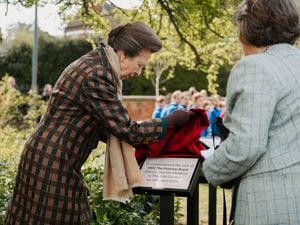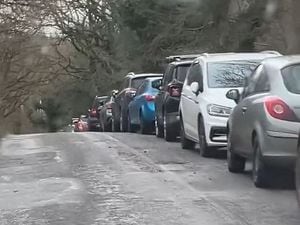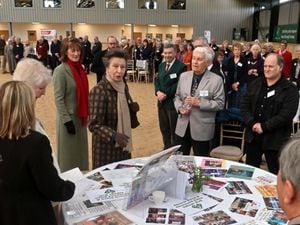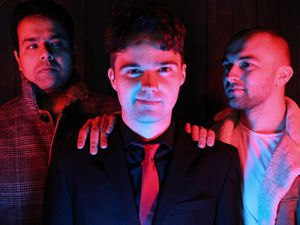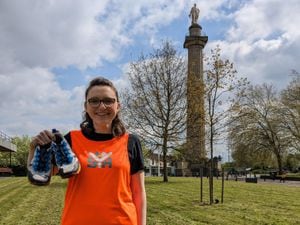Was flying ace a real pioneer?
An aviation researcher has shot down claims that a Shropshire man was a pioneer aviator in Edwardian Britain, saying that the story is a local myth based on fantasy and hearsay.

An aviation researcher has shot down claims that a Shropshire man was a pioneer aviator in Edwardian Britain, saying that the story is a local myth based on fantasy and hearsay.
And he says it is a "disaster" that Ernest Maund of Craven Arms has now been included in an American list of aviation pioneers.
Maund is said to have taken to the air in a field at Stokesay, variously in 1904 or 1907 – which would have established his place in history as the first flyer in Britain.
There is a picture of Maund and family members with an early aircraft, with a sign nearby declaring "Briton No.1".
But Phil Jarrett, an aviation journalist specialising in the pioneering period, says: "There's been so much going on claiming Maund flew in 1904 and 1907. To an aviation historian it's patently ridiculous. The aeroplane is of a much later design."
He says Maund's aircraft was actually a hand-me-down built by Malcolm Campbell, who later became renowned as the world land and water speed record-breaking ace.
Campbell's aircraft was called "Briton" – meaning the "Briton No. 1" sign with which Maund posed was simply the name of the aeroplane, rather than a self-aggrandising claim.
After a few disappointing hops in Kent in 1909 and 1910 Campbell sold the plane at auction. Jarrett says it ended up with Maund.
He outlines his own debunking researches in the latest issue of the magazine Air Britain Archive.
"Ernest Maund has become the victim of inadequate research by provincial and parochial 'historians' who have failed to see their subject in the context of aviation's general development," he says.
"Local researchers seem to have been happy to accept, without question, the vague, unreliable, unsubstantiated and belated testimonies of people who, in most cases, had not even witnessed the events concerned.
"Descendants are understandably delighted to see an ancestor being elevated to the heights of fame. However, this can become painful for them if they are misled into believing what they want to believe, and it then turns out to be demonstrably wrong, as in this case.
"Disastrously, Ernest Maund has now been included amid a gamut of illustrious and truly deserving names in a list of British pioneer flyers on the website of the Early Birds of Aviation Inc., an American institution. His inclusion in this list is utterly unjustified."
Evidence in support of Maund's place in aviation is anecdotal, from family members, although there are also items of memorabilia passed down in the family – a ticket for "Craven Arms Aero Club" with the date 1907 written on the back and the photo of Maund at the controls of an aircraft, again with the date 1907 written on the back.
But Jarrett says there is no way of knowing who wrote those dates nor when, and says of the aeroplane photo: "The unique and distinct features of Campbell's aeroplane are unmistakeable."
The earliest known report of Campbell's monoplane aircraft was in December 1909. It was sold at the end of 1910 after a disconsolate Campbell decided to cut his losses. At the first auction, Campbell joined the bidding to bump the price up, and found himself buying it himself for £300, incurring a £22 10s. auctioneer's bill.
Second time, he stayed clear of the auction and by coincidence it sold for £22 10s meaning, with the previous auctioneer's bill, he had made no money at all.
"Exactly what happened to the Campbell 'Briton' after its sale by auction is not clear, but it very soon ended up in Shropshire, in the possession of Ernest Maund," says Jarrett. "Whether Maund bought it at the auction or acquired it subsequently is unknown, but a photograph of Maund in the aeroplane leaves no doubt that it is Campbell's old machine, as the general structure and the very distinctive undercarriage struttery are unique and unmistakeable."
He says that rather than building the machine, Maund probably simply assembled it after it had been delivered by road.
Jarrett questions why, if Maund had flown in 1907, there were no reports of the event, especially when there was not a single aeroplane flying in Britain at that time.
"Perhaps something did happen, but it would have happened in very late 1910 or, more probably, 1911, after Maund had acquired and assembled his second hand aeroplane.
"That is the period in which local researchers should be searching."

